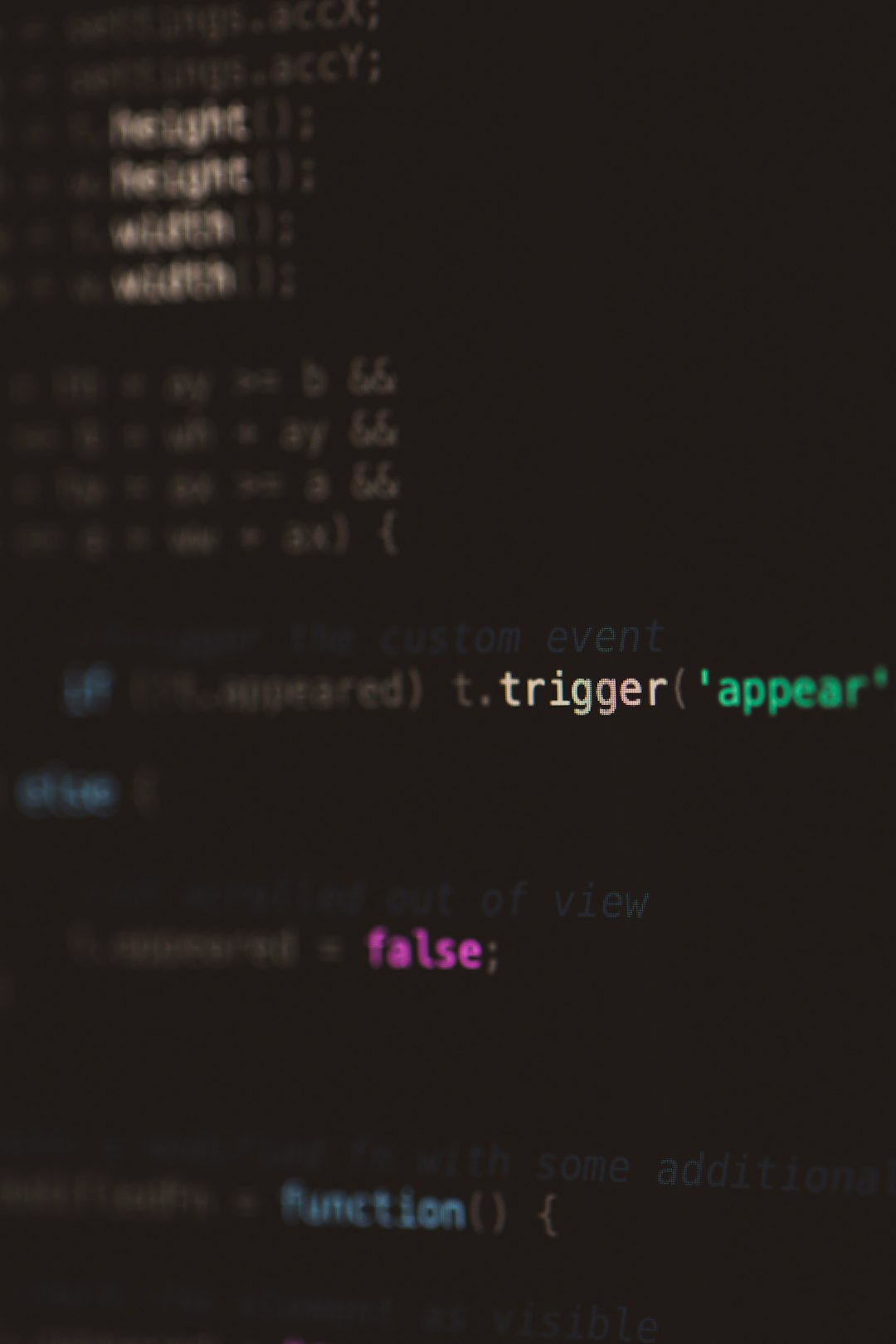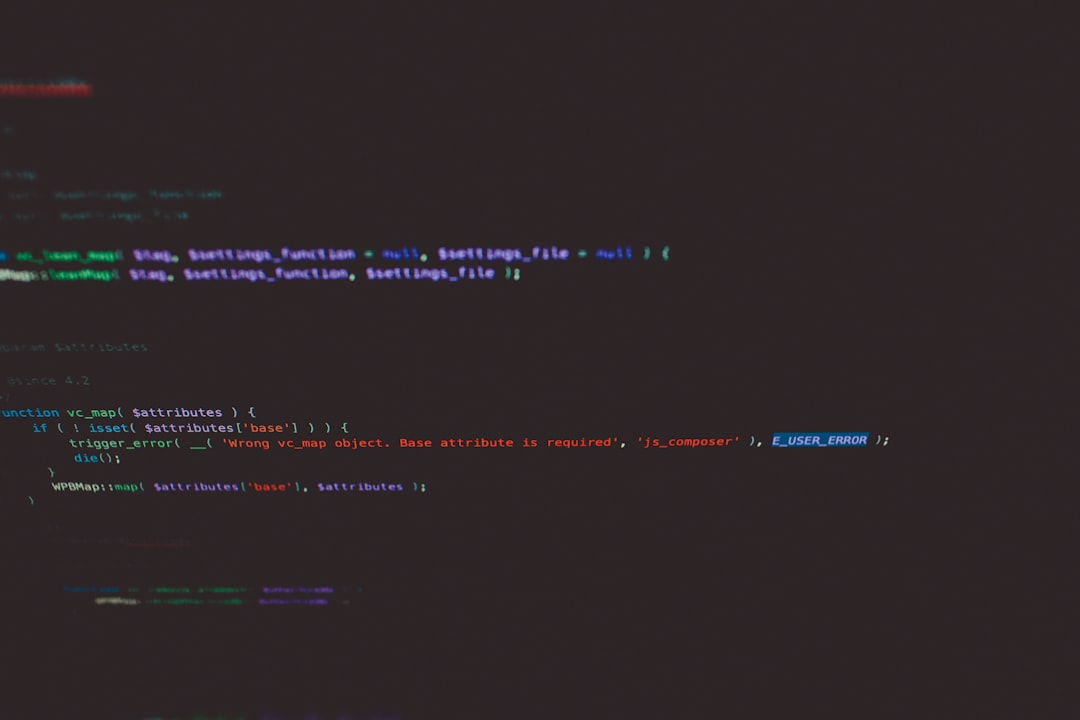One of the most frustrating errors developers encounter in JavaScript is the infamous “undefined is not a function” error. This error often appears unexpectedly and may be difficult to trace, especially in large codebases or dynamic environments. Understanding why this error occurs and how to fix it can save developers a significant amount of debugging time, improve code stability, and lead to better programming practices.
What Does “undefined is not a function” Mean?
This error usually occurs when JavaScript attempts to execute something that it believes should be a function, but is instead undefined. In other words, the interpreter is told to invoke a function, but can’t find the function definition, so it throws an error. This can emerge in various contexts, such as calling a method on an object that has not been initialized, importing a module incorrectly, or mistyping a function name.
Common Scenarios That Trigger the Error
Understanding the root causes of this error is the first step to resolving it. Here are some of the most common situations where this error appears:
- Calling a function before it’s defined: Especially when using function expressions.
- Incorrect function assignment: Assigning a value to a function name, then trying to call it.
- Missing module exports: Importing a function from another file where it was never exported.
- Object property errors: Accessing a method on an object that doesn’t exist or hasn’t been initialized.
- Typos and spelling mistakes: Simple errors in variable or function names.

Step-by-Step Guide to Fix the Error
1. Check the Function Declaration
Make sure your function is properly declared before it is called. For named functions declared using function myFunc() {...}, hoisting applies, which means they can be called before declaration. However, for functions defined using function expressions or arrow functions, hoisting does not apply in the same way.
// This works:
greet();
function greet() {
console.log("Hello");
}
// This doesn't work:
sayHello();
const sayHello = function() {
console.log("Hi");
};
2. Verify Object and Method Existence
Trying to call a method on an undefined object leads directly to this error. Always check that the object and the method exist before calling it.
const person = {};
person.sayHi(); // Error: undefined is not a function
To fix this, define the function or check if it exists before calling it.
const person = {
sayHi: function() {
console.log("Hi!");
}
};
person.sayHi(); // Works fine
3. Check Imported Modules
Another common problem comes from incorrect module imports. If you’re importing a function from another file, but it’s not exported properly or named incorrectly, it will result in this error.
// myModule.js
export function doSomething() {
return "Done";
}
// main.js
import { doSomeThing } from "./myModule"; // Typo in function name
doSomeThing(); // Error!
Always double-check your import and export statements to ensure consistency. Pay close attention to case sensitivity in identifiers.
4. Avoid Variable-Function Name Collisions
Assigning a variable or value to the same name as a function can override it, which leads to the error when you later try to call it as a function.
function load() {
console.log("Loading...");
}
load = 5;
load(); // Error: load is not a function
5. Use Type Checking
You can prevent this error by checking if a variable is actually a function before trying to invoke it.
if (typeof maybeFunc === "function") {
maybeFunc();
} else {
console.warn("maybeFunc is not a function");
}
6. Debug Using Console Logging
Console logging the variable before calling it helps verify its type and contents. This is particularly useful when dealing with data returned from third-party APIs or asynchronous operations.
console.log("Type of callback:", typeof callback);
callback(); // Make sure it's a function

Tips to Avoid the Error
- Use linters such as ESLint to highlight potential issues before they cause runtime errors.
- Write unit tests to catch type and logic errors at an early stage.
- Practice defensive coding by checking types and using fallbacks.
- Prefer consistent naming conventions to reduce typos and name collisions.
Example: A Working Fix
Let’s take a simple example of how this error is triggered and then fixed.
// Incorrect Code
const tools = {
calculate: undefined
};
tools.calculate(); // Error: undefined is not a function
Now, the fixed version:
const tools = {
calculate: function() {
console.log("Calculating...");
}
};
tools.calculate(); // Outputs: Calculating...
In this case, the function needs to be defined before invoking it.
Conclusion
The “undefined is not a function” JavaScript error is a common misstep that can be easily resolved with careful inspection of variable types, function declarations, object properties, and imports. By adopting good coding practices — such as consistent naming, type checks, and the use of linters — developers can greatly minimize the likelihood of encountering this issue.
Frequently Asked Questions (FAQ)
-
Q: How do I know which variable is causing the error?
A: The browser console stack trace usually points to the line number and file where the error occurred. Useconsole.log()to inspect variable values on that line. -
Q: Can this error occur with third-party libraries?
A: Yes, especially if the library’s function has not fully loaded, or if a function that you expect isn’t exposed the way you think it is. -
Q: What tools can help me identify this issue faster?
A: Use modern IDEs like VS Code, along with linters like ESLint and formatters like Prettier. These tools can flag undefined variables and mismatched types. -
Q: Will TypeScript help avoid this error?
A: Definitely. TypeScript’s type checking will catch many of these problems at compile time rather than runtime.


































